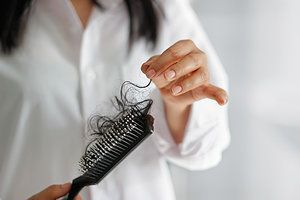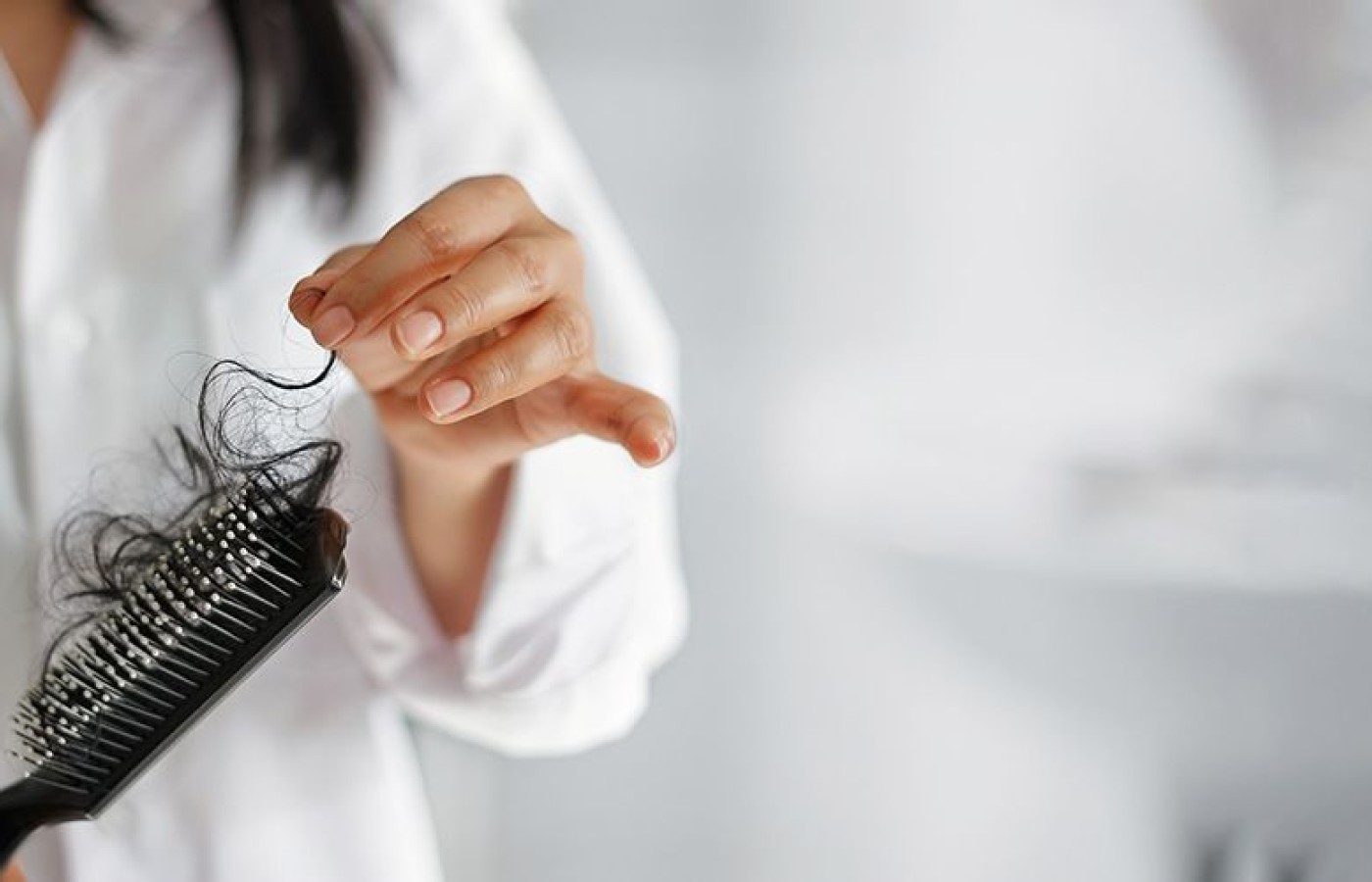Whether you accept it, avoid it or live somewhere in between, insurance coverage has become a defining issue for our profession. Patients increasingly expect to use their benefits, practitioners want to be compensated fairly for their time and expertise, and the system itself remains – at best – fragmented. The encouraging news is that coverage has expanded in meaningful ways. The challenging news is that reimbursement, across the board, remains inadequate.
TCM for Post-COVID Hair Loss
Long-term side effects following COVID-19 infections include many different symptoms including autoimmune, metabolic and neurological manifestations. Many of these side effects appear to be brought on by the increased amount of stress COVID-19 puts on the body. Hair loss is one side effect that falls under this category.
Western and TCM Basis
Chronic immune stress from viral infections, such as COVID-19, can cause hair loss as a result of an abnormal shift in follicular cycling with a prolonged telogen phase. During the telogen phase, the hair growth cycle is at rest. This delay in the growth of new hair is what triggers hair loss. Typically, about 10 percent of the hairs are in the telogen phase, whereas individuals who are experiencing post-COVID hair loss have up to 50 percent of their hairs in this resting and shedding phase.1 This increase leads to clumps of hair that fall out during washing or brushing.

Fortunately, this condition does not damage the hair follicle itself, allowing TCM therapies to nurture the non-damaged follicles to promote hair growth.
Scientists are not certain what causes this condition, although physical and emotional stress is believed to be the most likely culprit, not the virus itself. Dermatologists say hair loss can occur 2-3 months after a patient becomes infected with the coronavirus – even weeks after recovery.1
In TCM, this is due to a qi and blood deficiency caused by invasion of evil qi from the meridian in combination with liver and kidney deficiencies.
Wellness Recommendation
To address hair loss due to chronic immune stress, formulas including herbs such as danggui (Chinese angelica), tusizi (Semen cuscutae), buguzhi (mlaytea scurfpea fruit), and heshouwu (fleeceflower root) are recommended.
Danggui can invigorate and nourish the blood, is rich in micronutrients, and can expand the scalp capillary. It also helps increase growth factors responsible for promoting follicle activity and diminishing hair apoptosis.2 Tusizi and buguzhi have the functions of tonifying the kidney and nourishing essence; and exert anti-oxidative effects.3
Heshouwu is a traditional Chinese herb with a long history in hair growth promotion and hair blackening. It helps tonify the kidney and liver in TCM theory. Treatment with this herb has revealed a significant improvement in hair loss and perceived hair appearance. Additionally, it has been reported to create "thicker hair," which has been rated in a controlled study as a "significant" and "dramatic" improvement.4
Nurturing the qi and blood of the meridian and clearing evil qi from the meridian are also important. This helps clear chronic viral infections in the nervous system and reduce inflammation. Danshen contains therapeutic potential against human diseases and inflammation. It has been shown to inhibit neuroinflammation and improve neurological function; and is a strong anti-inflammatory via reducing levels of pro-inflammatory cytokines.5
Case: Improvement of Post-COVID-19 Hair Loss
On July 31, 2021, A 48-year-old female practitioner was diagnosed with COVID-19. She started noticing her hair was falling in September 2021. She was experiencing pain and tingling on her scalp in the same location where her hair was shedding. By the end of October 2021, she had lost 70 percent of her hair. It was determined that stress and COVID-19 had triggered telogen effluvium.
At the beginning of November, the practitioner was advised to begin using formulas containing danggui, tusizi, buguzhi, and heshouwu to address her post-COVID hair loss symptoms. Other formulas were also recommended to nurture the qi and blood of the meridian and clear evil qi from the meridian; nurture blood yin and reduce high levels of pro-inflammatory cytokines and histamine in the blood; and decrease the tingling and pain felt in her scalp.
The practitioner noticed improvements right away, with a decrease in pain and tingling in the first week of taking the formulas. By the middle of December, she had new hair growth. By Dec. 31, she noticed more dramatic improvements and her hair stopped falling out completely.
By the end of January 2022, her hair was filling in, thicker and not tangling as it was before. As of March, she has approximately 2 inches of new growth, her hair is growing at a rate of a quarter of an inch a month and she is feeling stronger overall.
References
- "Losing Your Hair After COVID-19? There Is Good News." University of Utah Health, March 15 2022: https://healthcare.utah.edu/healthfeed/postings/2022/03/hair-loss-covid19.php.
- Lee, CY, Wei CC, Yu MC, et al. Hair growth effect of traditional Chinese medicine BeauTop on androgenetic alopecia patients: a randomized double-blind placebo-controlled clinical trial. Exper Ther Med, 2017;13(1):194-202.
- Yan N. Study on an enzyme shampoo of traditional medicine. IOP Conf Ser: Earth Environ Sci, 2021;621:012166. https://iopscience.iop.org/article/10.1088/1755-1315/621/1/012166/pdf.
- Han M-N, Lu J-M, Zhang G-Y, et al. Mechanistic studies on the use of polygonum multiflorum for the treatment of hair graying. BioMed Res Int, 2015;2015:651048.
- Li GH, Li YR, Jiao P, et al. Therapeutic potential of salviae miltiorrhizae radix et rhizoma against human diseases based on activation of Nrf2-mediated antioxidant defense system: bioactive constituents and mechanism of action. Oxid Med Cell Longev, 2018 Jun 27;2018:7309073.



